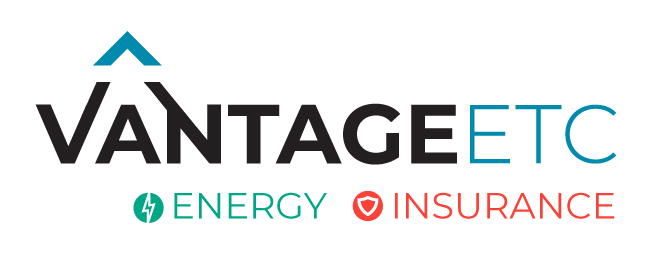If your building doesn’t participate in Demand Response your missing out!!!
According to s survey on Statista.com , in 2020, there were a total of 11.7 million customers enrolled in demand response electricity programs in the United States.
Demand Response (DR) is the act of reducing energy consumption from the grid under the direction of an energy supplier. If you are a large corporation with multiple buildings and many locations, demand response is a viable way to use less energy and get paid to conserve.
(Image credit: https://www1.nyc.gov/site/dcas/agencies/demand-response.page )
Examples of potential reductions include turning up the temperature on a thermostat to reduce air conditioning load, turning off certain lights, or shifting the time of use of some energy-consuming devices out of the peak demand period.
The load avoided for a single facility may be small, but when many customers participate, it creates a meaningful energy demand reduction for the utility.
As part of the energy industry’s increasing use of pricing incentives to add flexibility to energy delivery systems, the revenue from the DR Program is paid by utility companies. Collectively, Demand Response Programs help:
- lower emissions
- create energy cost savings by lowering demand charges and generating revenue
- increase the reliability of the grid
- avoid blackouts and brownouts
- reduce the need to run the least efficient, most polluting backup power plants
Participation in DR programs is easy, can be automated, and will NOT cause disruptions to business. Enrolling in DR programs DO NOT require complex contracts, and there are no financial risks for participating.
